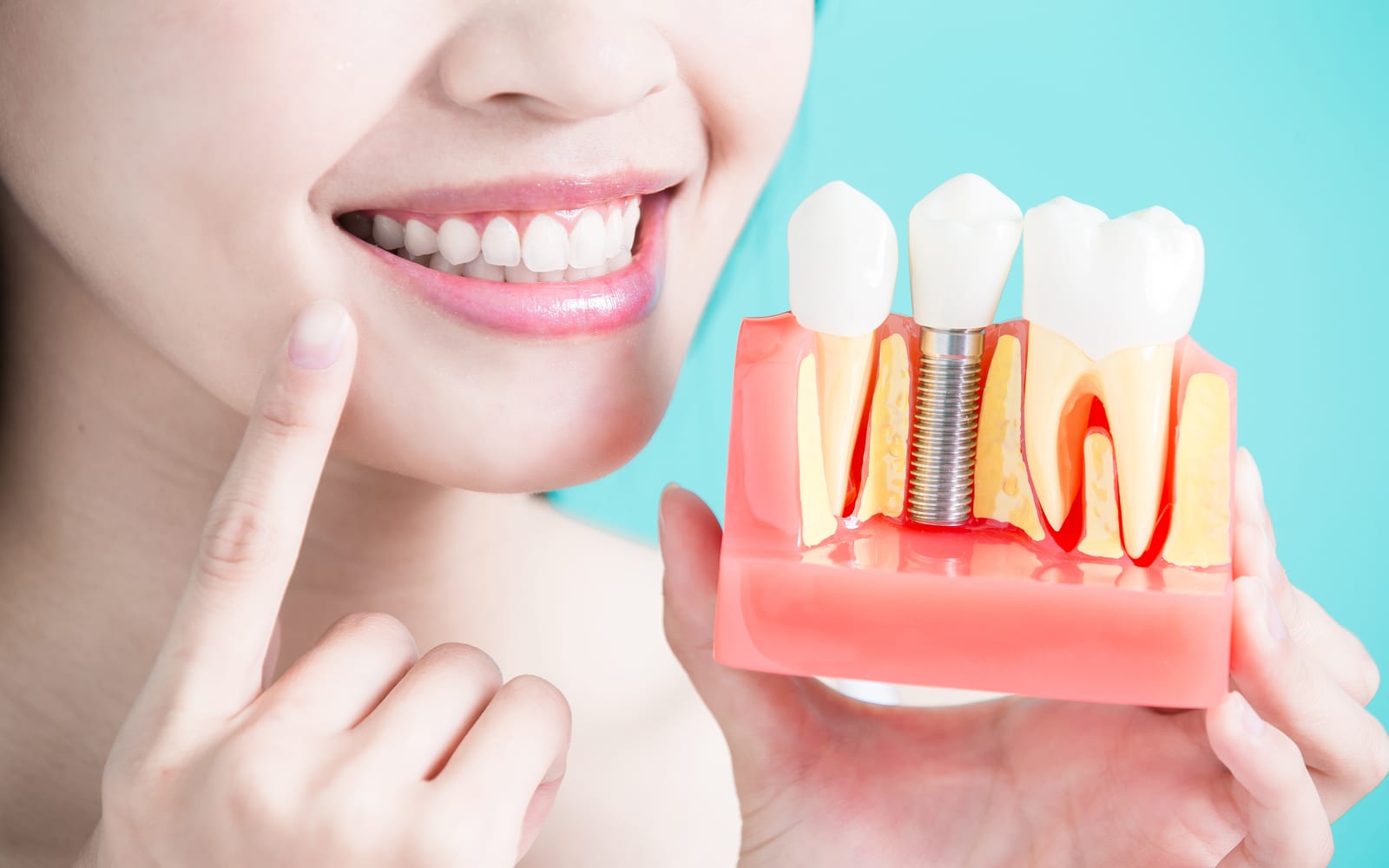Desire a dental implant, but don’t know your options? Dental implants have highly evolved as a way to restore teeth. Implants don’t just replace teeth; they help stimulate and restore the bone structure in the jaw and fuse to the bone like a root as the most permanent healthy smile. They can help support multiple missing teeth through other restorations such as bridges and dentures and can last a lifetime with proper care. Dental implants function like natural teeth, help stabilize your oral health, and help retain your face’s natural shape for a beautiful cosmetic restoration.
With all these massive benefits, which one should you choose? All of this depends on what options your dentist presents to you, but for a personalized experience, knowing what implants are out there can help you become more informed about your oral health and what methods will work best for you. These options include:
Endosteal Implants
Endosteal implants are suited for patients with a healthy jawbone and are the most commonly used type of implant by dentists because of their long life and stability. Endosteal implants use titanium screws and place them inside the jawbone, and then a synthetic bone is placed over and around the implant to be sealed in by the surrounding gums. The synthetic bone allows for the natural jawbone to grow into and with the implant, and forms a biochemical bond to secure it.
Subperiosteal Implants
Subperiosteal implants use the gums instead of the jawbone to support the implant and are made as an alternative to endosteal implants. They’re an excellent choice for those suffering from an unhealthy jawbone and cannot use treatments such as bone augmentation or sinus augmentation. By sitting on top of the bone, they’re not limited by the amount of bone present and have a faster healing process. These implants can be custom-contoured to the person’s facial structure and are typically used with a bridge to help support multiple teeth.
Zygomatic Implants
Zygomatic implants are used as a replacement procedure for endosteal implants and are often seen as the most complicated dentists’ procedure due to implant placement. The zygomatic implant is placed in the patient’s cheekbone and uses significantly larger implant posts and requires significant surgical experience. However, if properly placed, these implants have a high rate of success among patients.
Types of Restorations combined with Implants
Implants restorations can be combined with multiple techniques to achieve healthy oral goals, with some of the most common forms, including:
- Single Implant – A single tooth implant won’t require any extensive surgery other than the affected area. Endosteal, subperiosteal, and zygomatic implants can be used to replace the single tooth.
- Bridges – Bridges help replace multiple teeth and can use implants as a source for support. Multiple implant abutments can be placed either within the jawbone or gum line, and a set of synthetic teeth connected as a bridge can be used to replace adjacent teeth and help support the remaining teeth.
- Dentures – As the most intensive and permanent dentures version, instead of replacing single or multiple teeth, an entire row of teeth are replaced using a partial denture. The denture is supported by various implants and helps restore the gum line’s appearance and help support the upper or lower arch. This method is considered a permanent solution to complete tooth loss and can be custom designed to meet your needs.
If you wish to learn about our implant options, please contact Dr. Jean Li at the Perio & Implant at Washington Dental in Rockville, MD.



